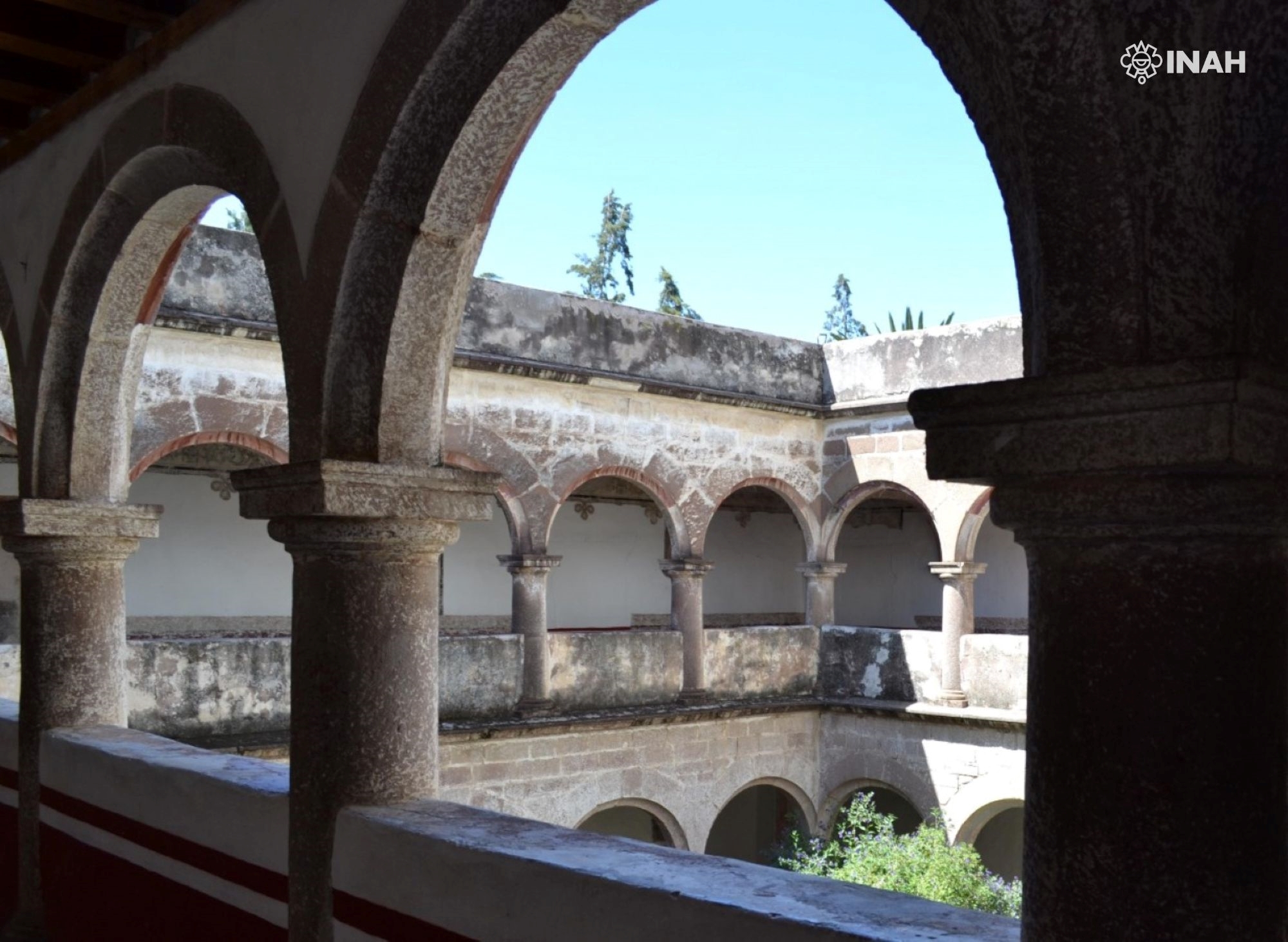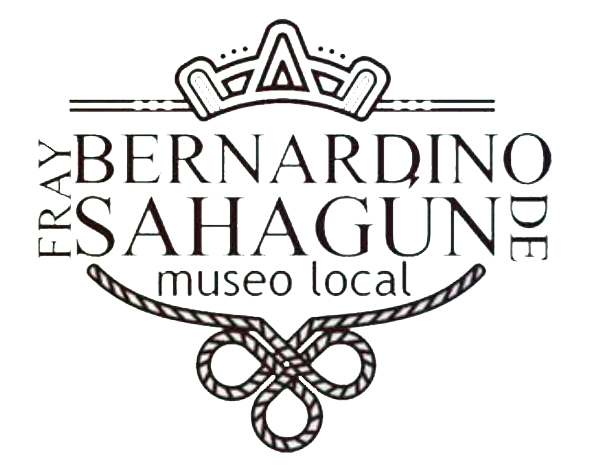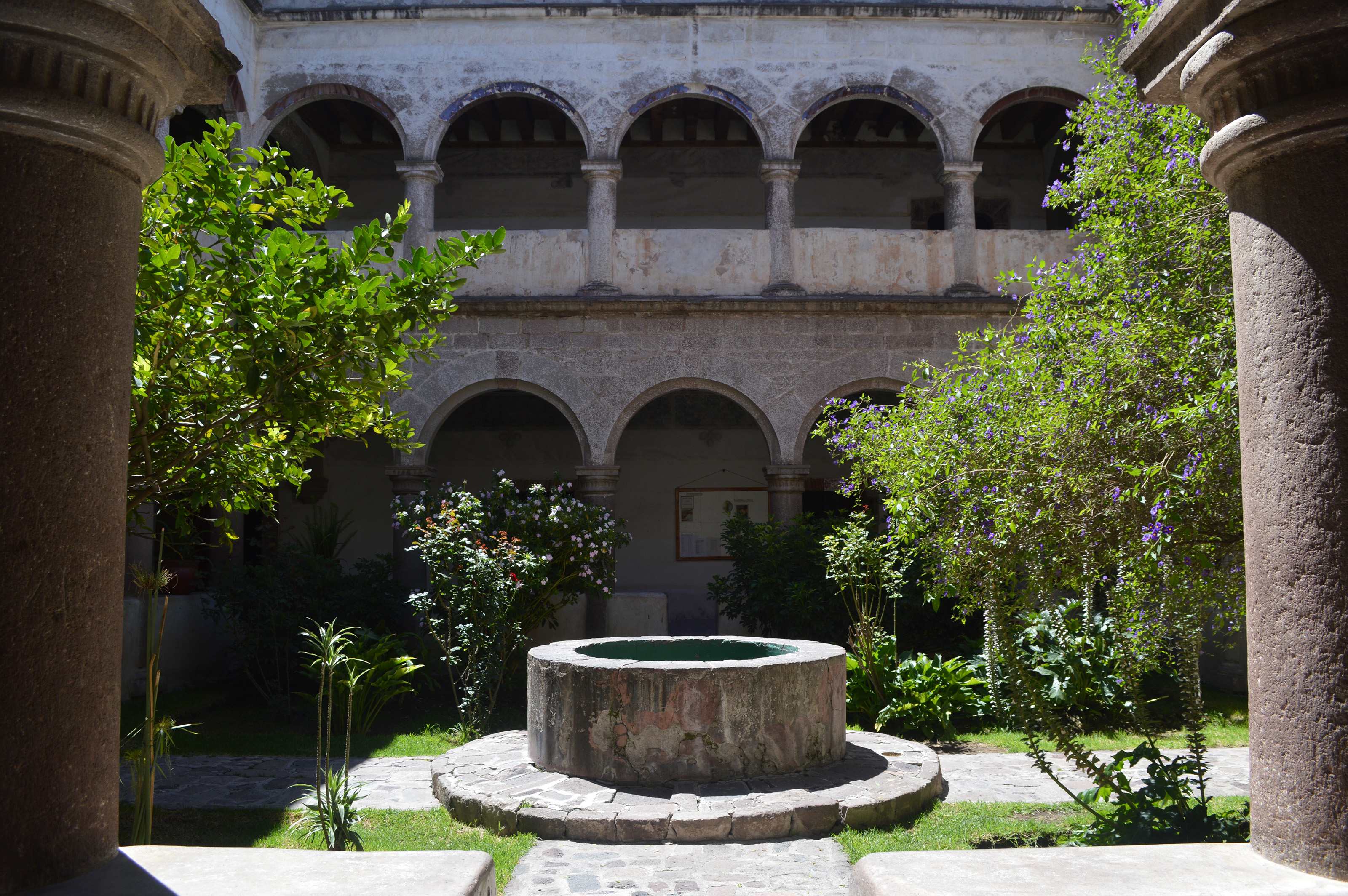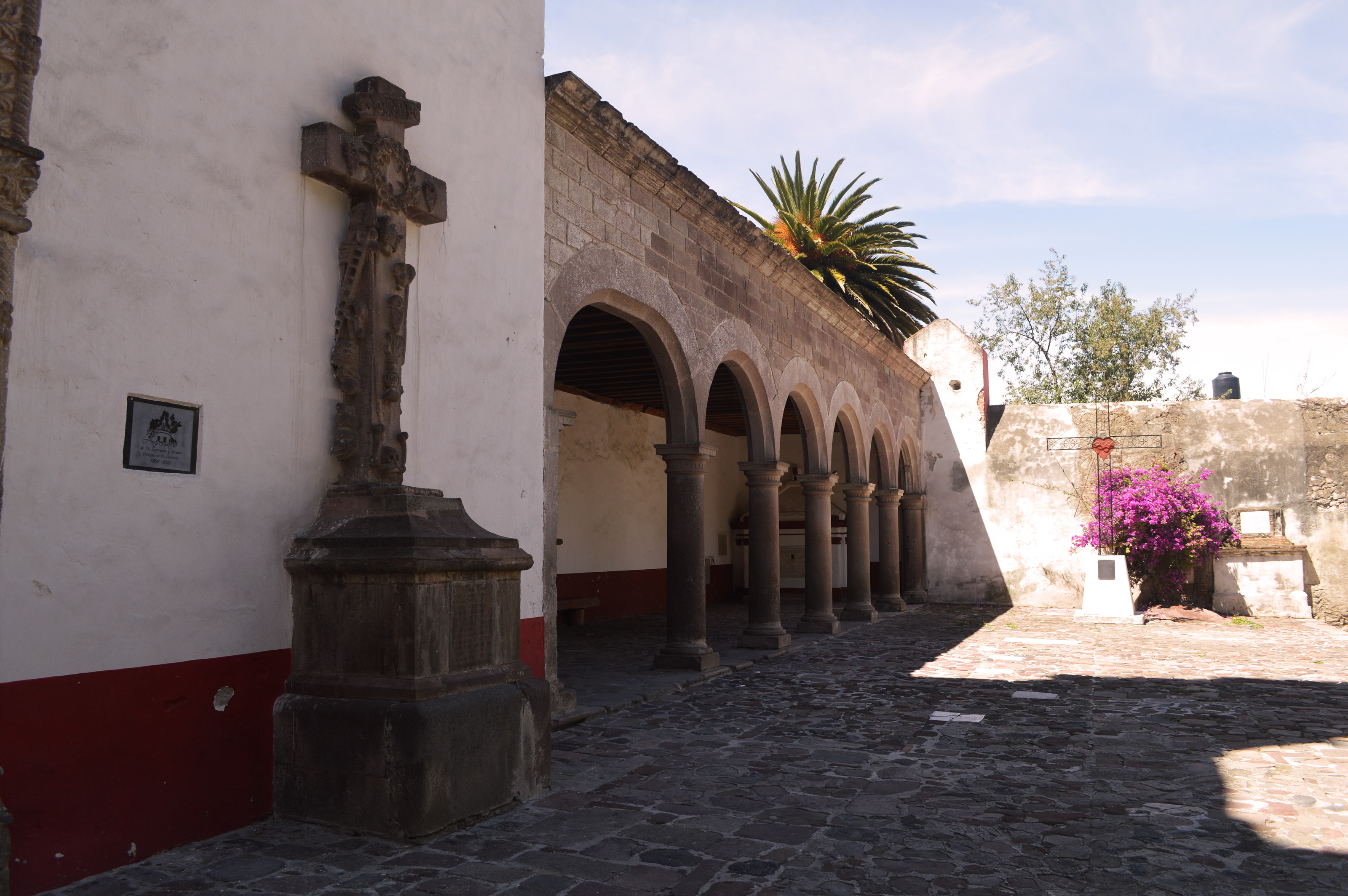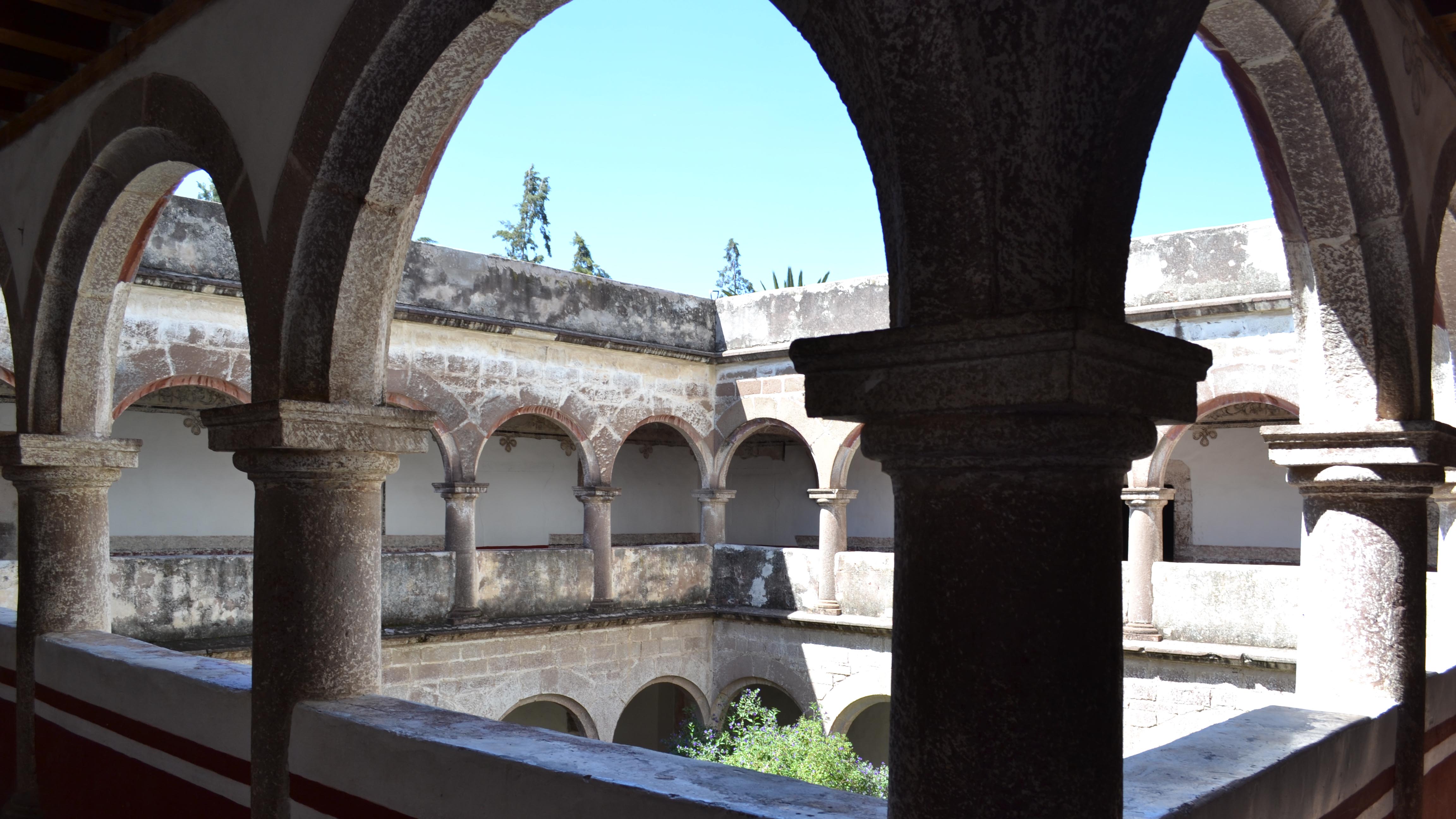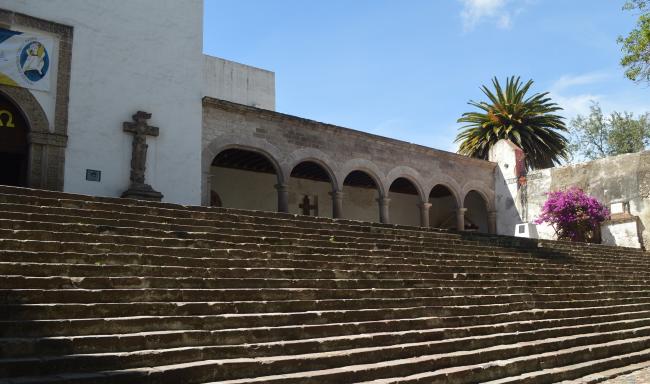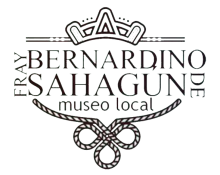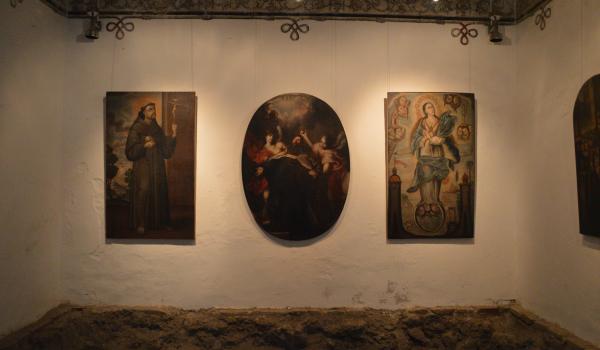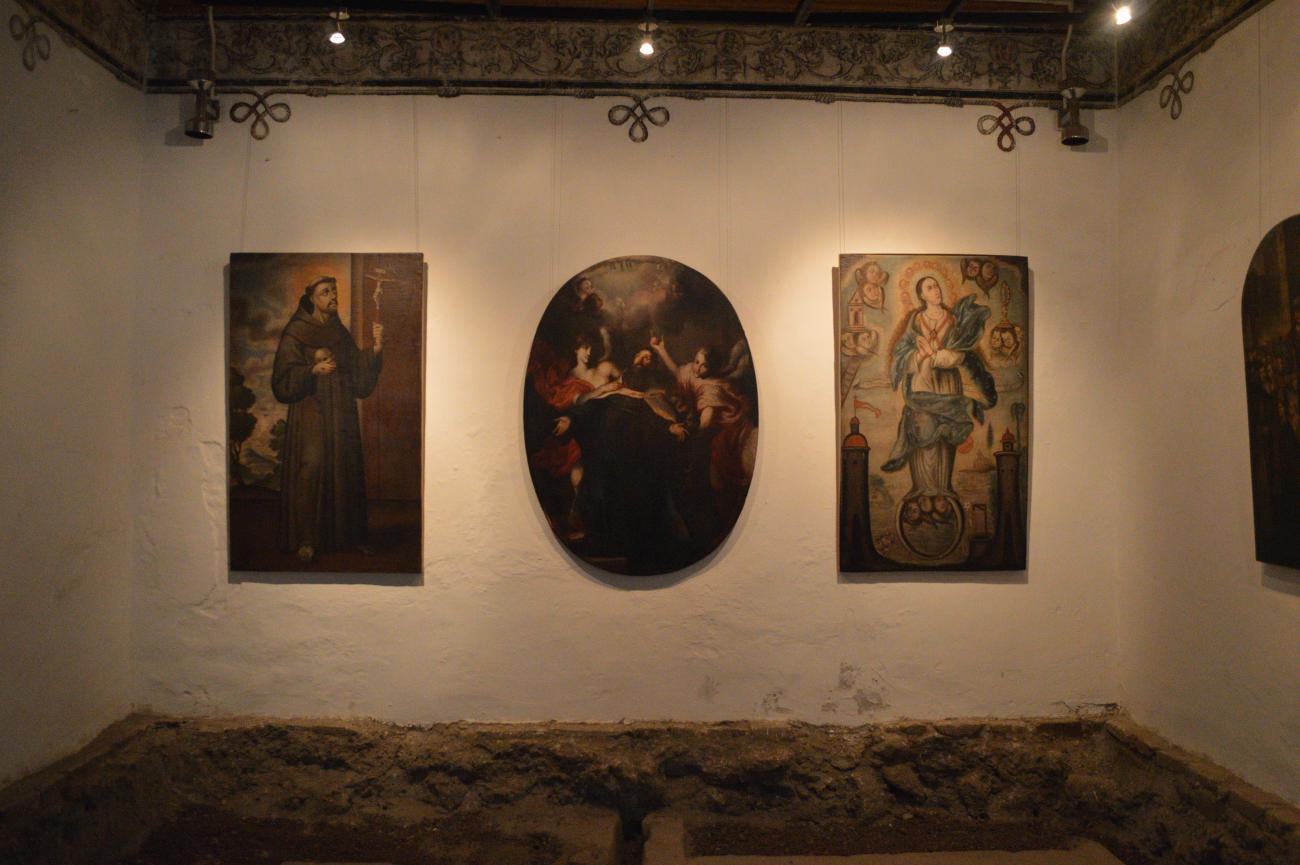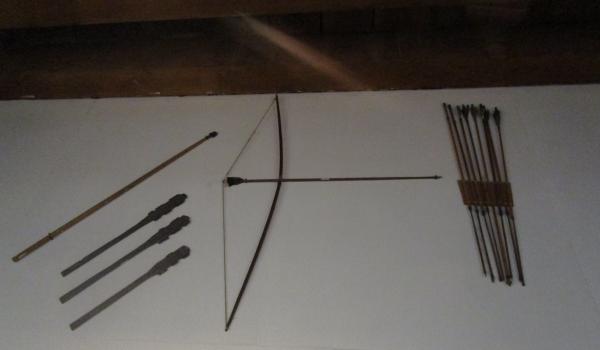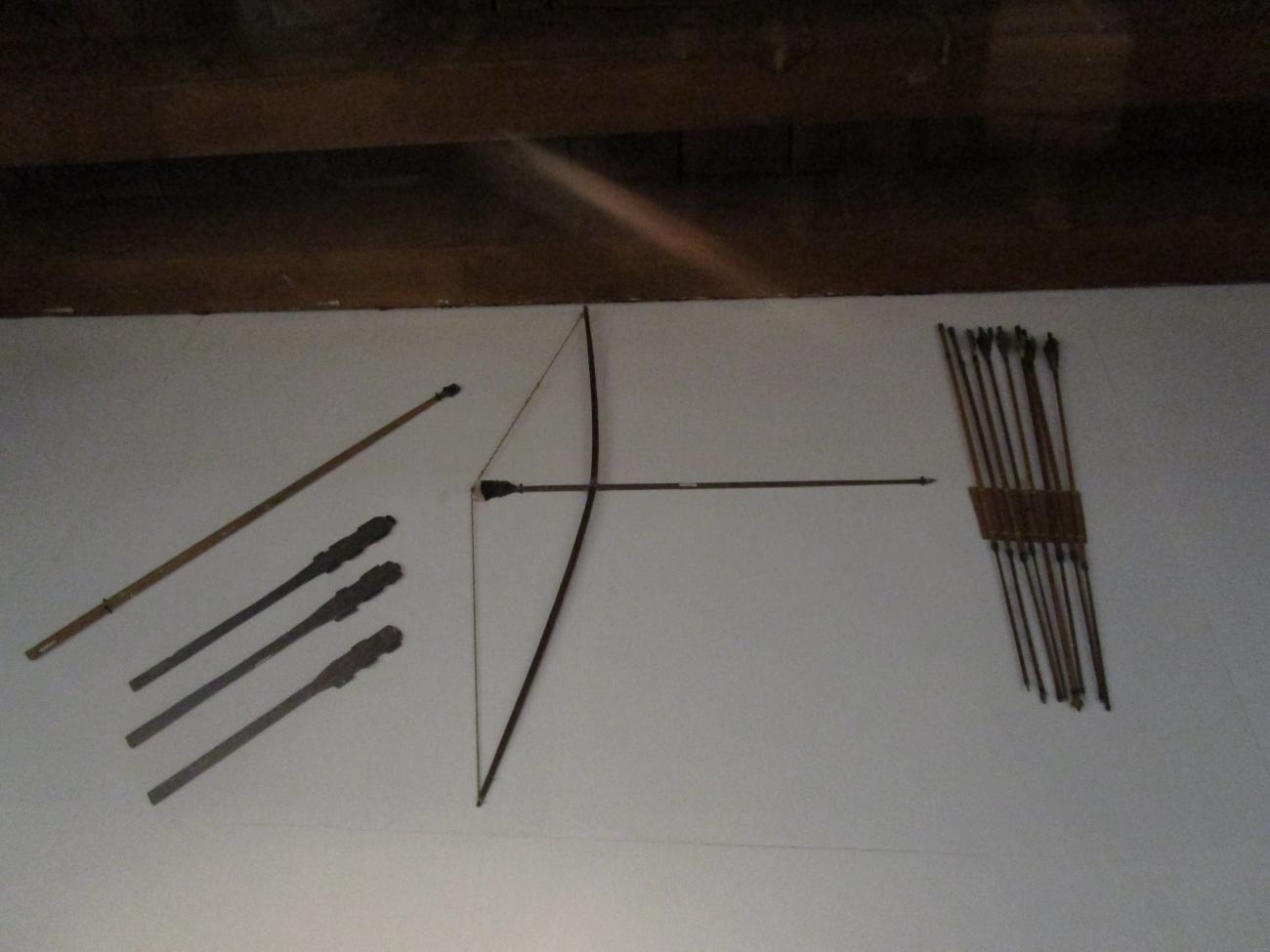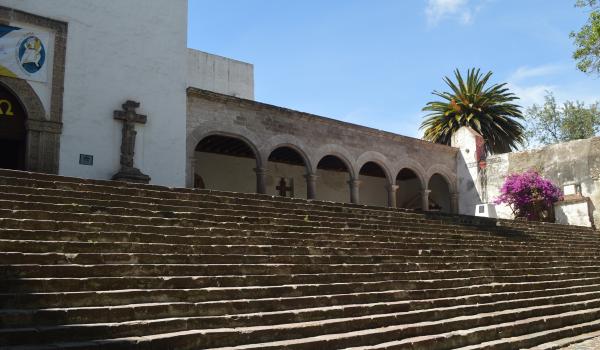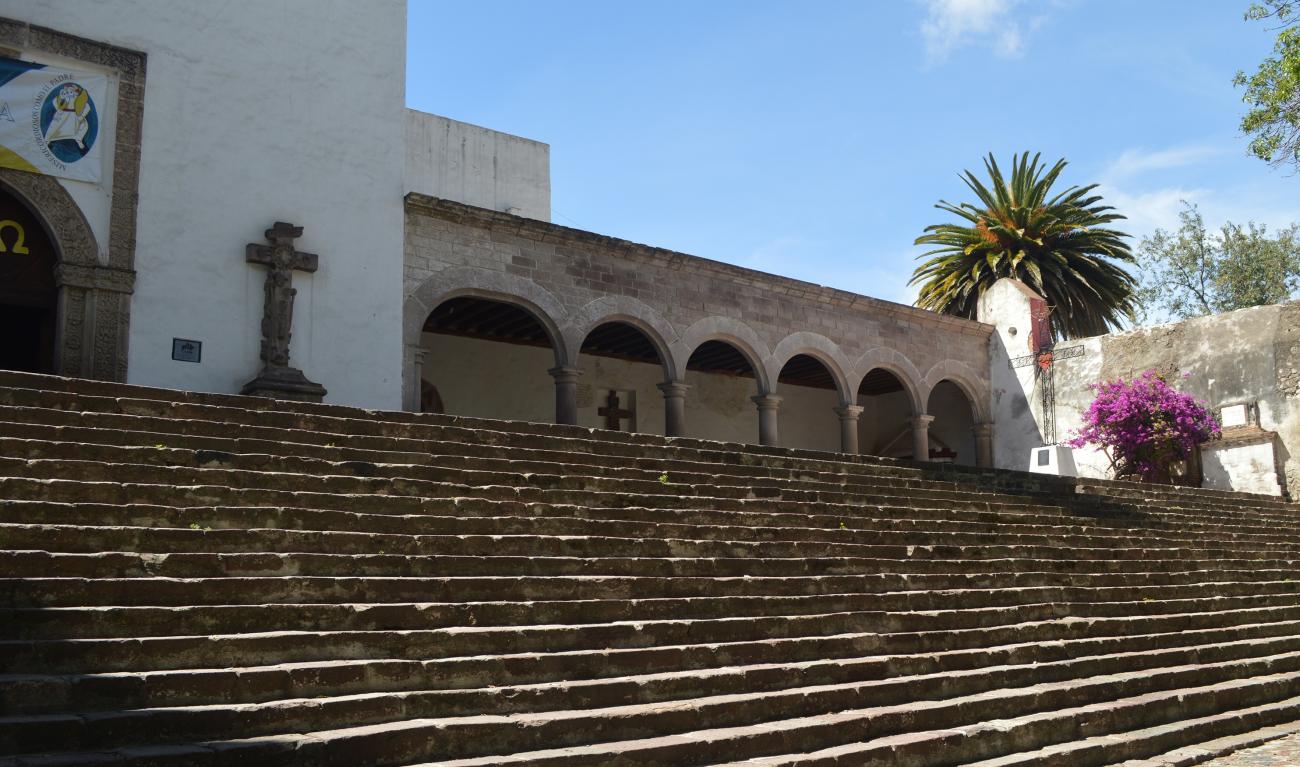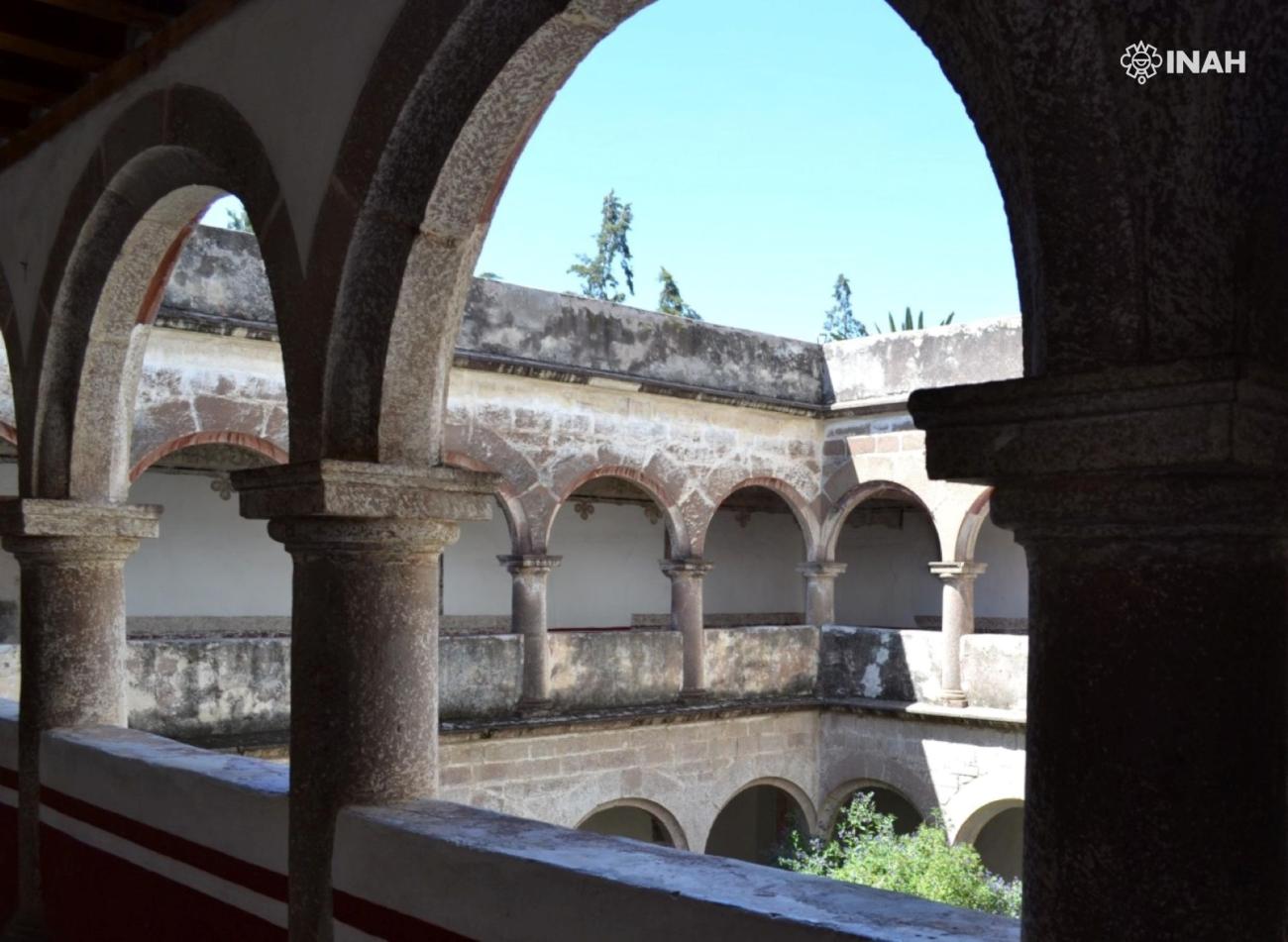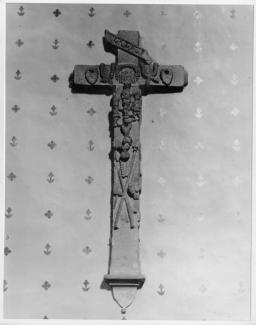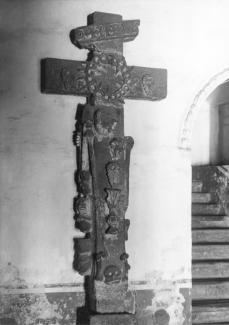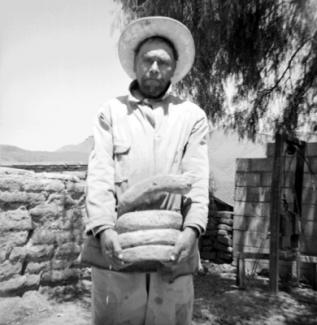The Fray Bernardino de Sahagún Museum in the former Monastery of San Francisco in Tepeapulco was founded in 1959. This historic building, founded by the first Franciscan evangelizers in 1528, was where Fray Bernardino de Sahagún, the founder of anthropology on the American continent lived and worked. After learning to speak fluent Nahuatl, he began interviewing a large number of informants in the Valley of Mexico, collecting sufficient material to write his highly important Historia General de las Cosas de la Nueva España (General History of the Things of New Spain). Tepeapulco was the site where he wrote the section known as “Primeros Memoriales.”
The first guardian of the monastery was Fray Andrés de Olmos. As in so many other cases a considerable indigenous labor force worked on the construction. A chapel to Jesus Nazarene was added to the monastery. Various of the building’s walls have important fresco paintings on religious themes.
Four galleries feature explanations and objects from the pre-Hispanic world and the history of the district in viceregal times. The first gallery houses temporary exhibitions. Gallery 2 looks at Mesoamerica in Preclassic times, with clay objects influenced by the cultures of Tlatilco and Copilco, and also the Classic period with Teotihuacan culture material from the lookout of Xihuingo. Gallery 3 features an archeological exhibition with part of the monks’ hydraulic system from the sixteenth century, as well as oil paintings, including one of San Francisco of Assisi and another of the Good Death of Saint Augustine. This gallery also provides information on the Postclassic with Mexica ceramic objects and stone artifacts such as the Tonatiuh solar disc. Gallery 4 is dedicated to the Preclassic period and it highlights the importance of Mexica religion, with representations of Tlaloc, the rain god, Chicomecoatl, the corn goddess and Xiuhtecutli, god of the year. It also displays a “four movements” Nahui Ollin monolith, one of the symbols of the sun present in the Mexica calendar.





